With visitors soon to arrive, we’ve had quite a busy week. You know what it’s like: all those, ‘I’ll do that when I get a minute’ jobs that you’ve been putting off in favour of more interesting things, all need finishing at once. But despite doing a bit of this, a bit of that, and not much of the other, we still found time for the odd adventure.
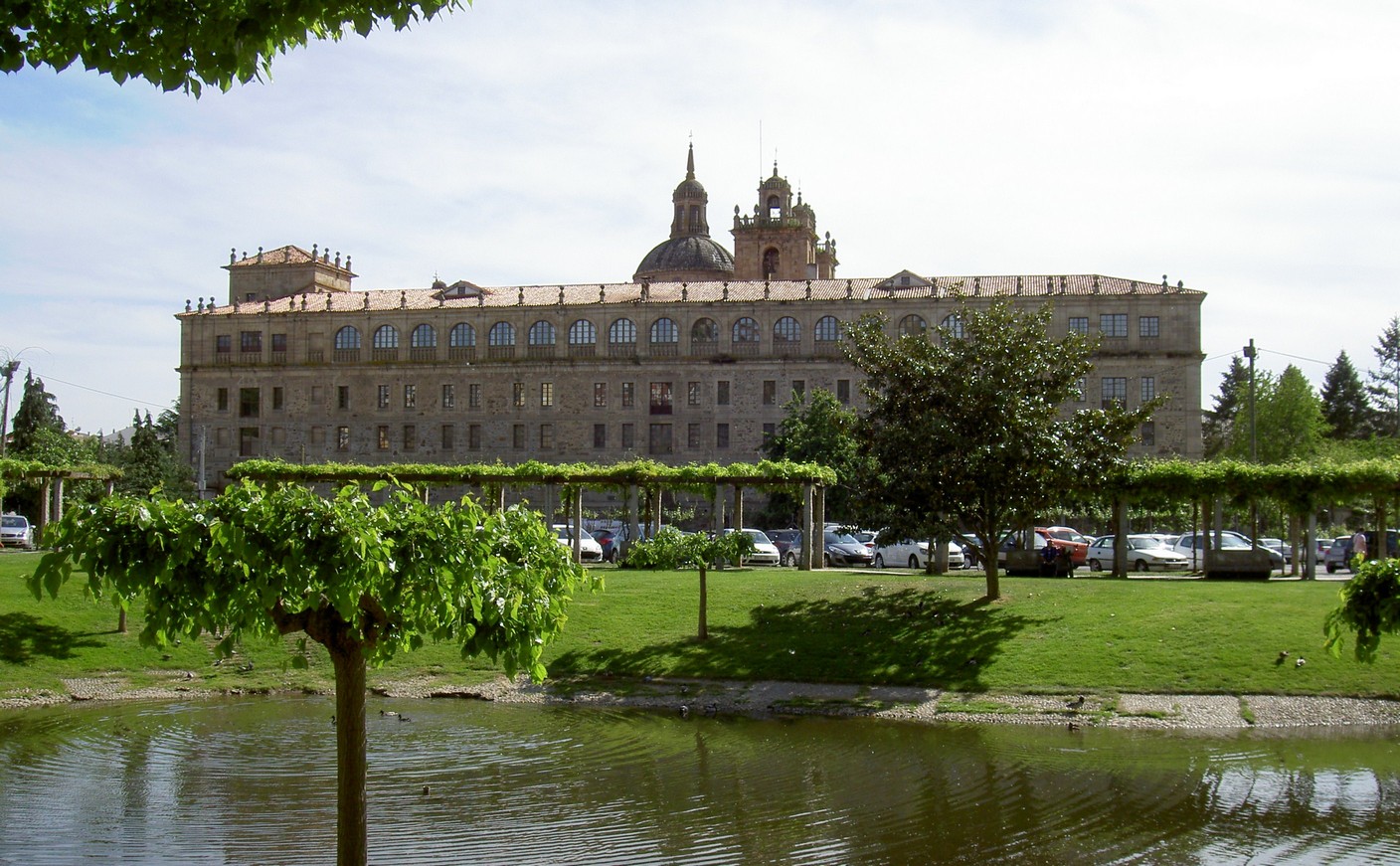
We began the week by visiting Monforte de Lemos, the town closest to home, to watch the Concurso Os Maios. This pagan celebration is thought to date back to the Celts. It celebrates the May cycle of fertility, associated with spring. In many parts of Spain, Christianity hijacked the celebration and renamed it fiesta de la Santa Cruz (Celebration of the Holy Cross).
The event took place in the centre of town in Plaza España. To celebrate, local community associations and youth groups had built strange looking floral arrangements. Unlike traditional flower arrangements these were made with all manner of woodland vegetation; twigs, leaves, heather, as well as a selection of wild flowers. However; when I say “floral arrangements”, I’m not talking table-top decorations: one of the displays was well over three metres high and had to be wheeled into the square on a cart.
The attendees were mainly school children and their mothers. One exception was a small group of curious looking elderly folk wearing flora headbands and keeping a beady eye on proceedings. Like many local traditions, its significance is easily lost on ‘outsiders’. I’m sure my neighbours would think the same about a group of unsynchronised youngsters careering around a May Pole.

Later in the week we bumped into Pablo. Besides being a neighbour, in the village where our holiday rental property is situated, he’s also the pump attendant at the local petrol station and an all-round good bloke.
‘Have you been to see the dolmen yet?’ he asked.
Last month, while we were filling up, he’d mentioned the discovery of a megalithic monument in the village of Vilatan. Dolmens are prehistoric burial chambers consisting of two or more upright stones topped with a stone roof. The one discovered in Vilatan was quite unusual as its roof, a single large stone, was still intact. When Pablo first told us about the discovery we thought it would be an interesting attraction for guests staying at our rental property to explore.
‘Not yet,’ I replied, ‘we’re hoping to go later in the week.’
Not for the first time, I’d opened my mouth before engaging my brain. I now felt duty bound to fulfil my commitment.
The following day we set out to discover this ancient monument. Earlier in the month I’d seen a sign for it in Escairon, the nearest village of note to Vilatan. That would be our starting point. The sign read, ‘Dolmen de Abuime’.
‘They’ve even given it a name,’ I remarked, as we headed out into the countryside.
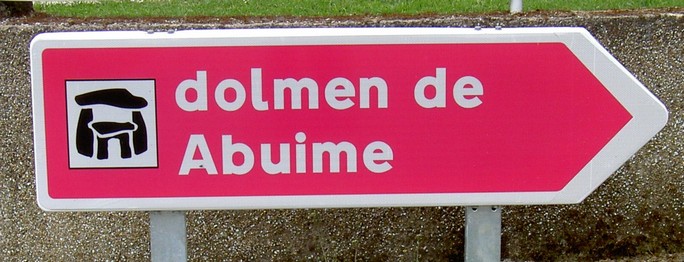
Tourism in Galicia tends to be a bit hit and miss; generally more miss than hit. Imagine my surprise when we came across another sign and then another. Unfortunately, each sign took us further away from Vilatan. Eventually we entered a village called Abuime. All of a sudden the penny dropped, this was not the dolmen we were seeking. Who’d have thought it, two dolmen’s within a stones throw of each other.
The last of the signs pointed down a grassy track. Having come this far we decided to take a look. I parked up and we continued on foot. The track led into a field where we found another sign. This one showed a graphic of a dolmen, complete with a roof, and the distance in metres.
‘This must be the way,’ I said, pointing at the sign.
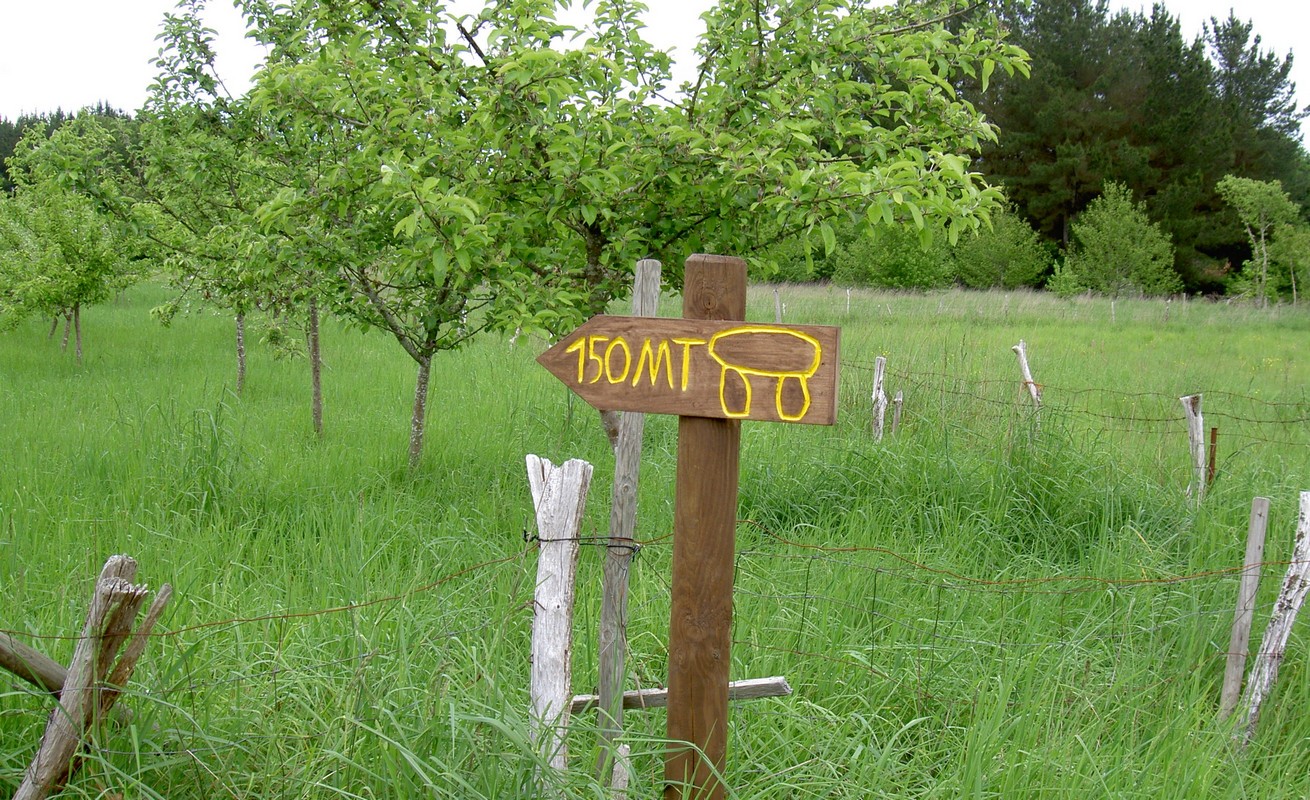
The route took us through several fields of knee length grasses. Given the fact that, less than two years ago, Melanie had been bitten by a snake in very similar surroundings I had to admire her spunk. Eventually we found it. Four great stones jutting out of the ground: a roofless tomb to a forgotten nobleman.
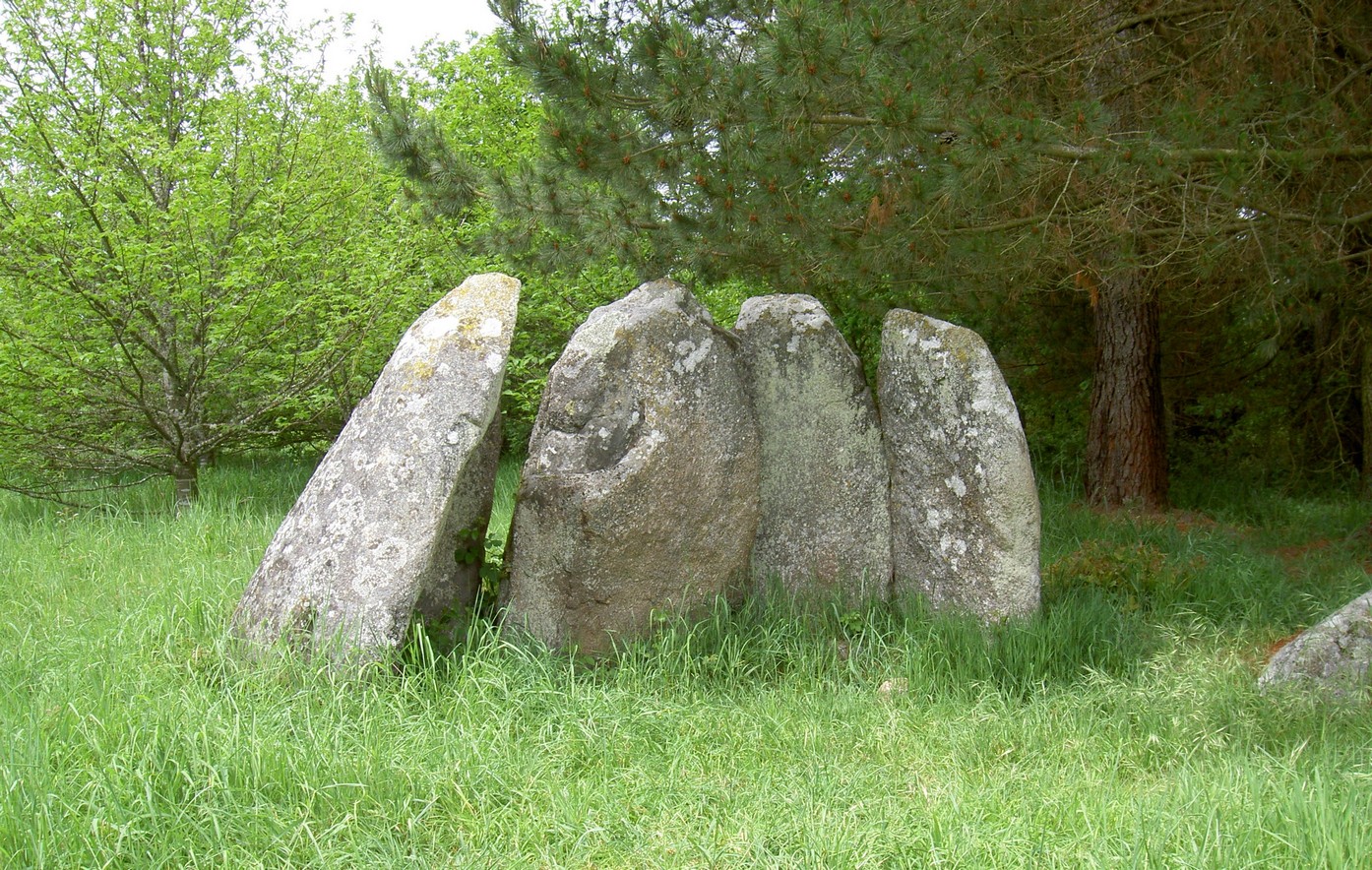
Our search for the dolmen of Vilatan goes on – I’ll keep you posted on any progress.
Vine Watch – week 6
The new shoots are now growing by at least 2cm every day. Secondary shoots have started to develop from the leaf nodes. The locals call these secondary shoots nietos (grandchildren). They systematically remove them believing that less foliage will benefit the grapes. Although this theory has no basis in fact, removing them doesn’t harm the vines and in my opinion it makes managing the vine’s growth easier; allowing for better airflow which is proven to help reduce mildew.
Hark at me: I’m beginning to sound like an expert. Well you know what they say about experts, “An ‘ex’ is a has-been and a ‘spurt’ is a drip under pressure”.
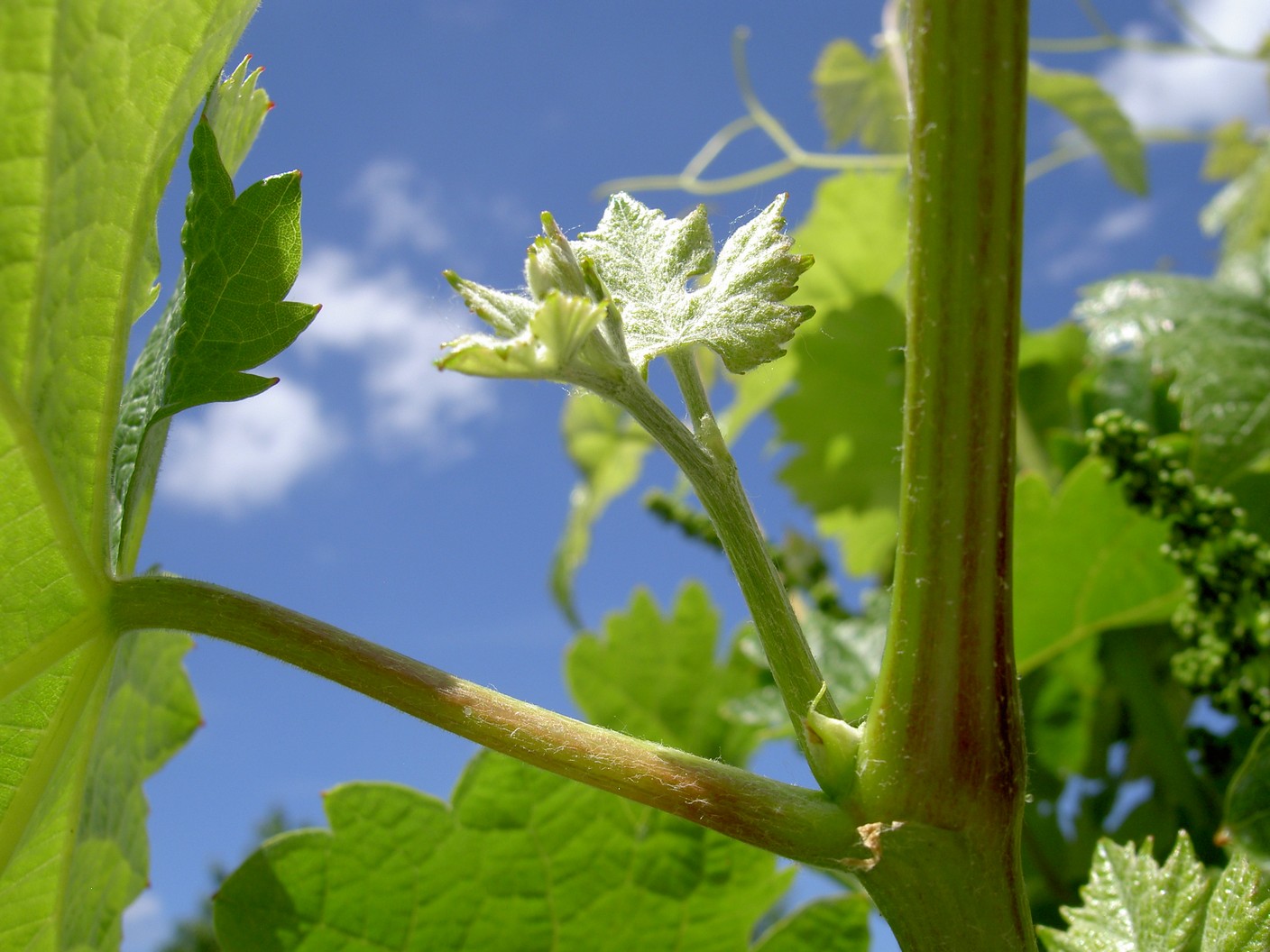
Copyright © 2014 Craig Briggs
*************************************************************************
Craig and Melanie own and operate a luxury farmhouse rental property called Campo Verde. To find out more about a stay at Campo Verde and Galicia in general, visit our website getaway-galicia
Craig’s book, Journey To A Dream, is available exclusively from Amazon, to purchase your copy click here for your national Amazon store.
Find out more about Craig, and Galicia or look him up on Facebook